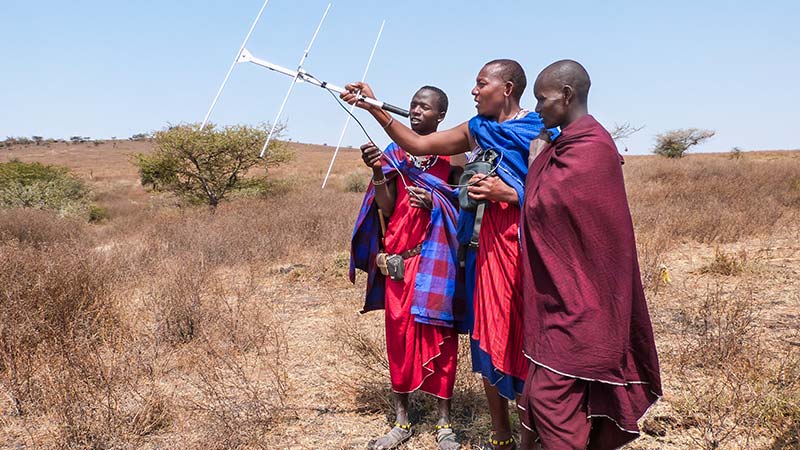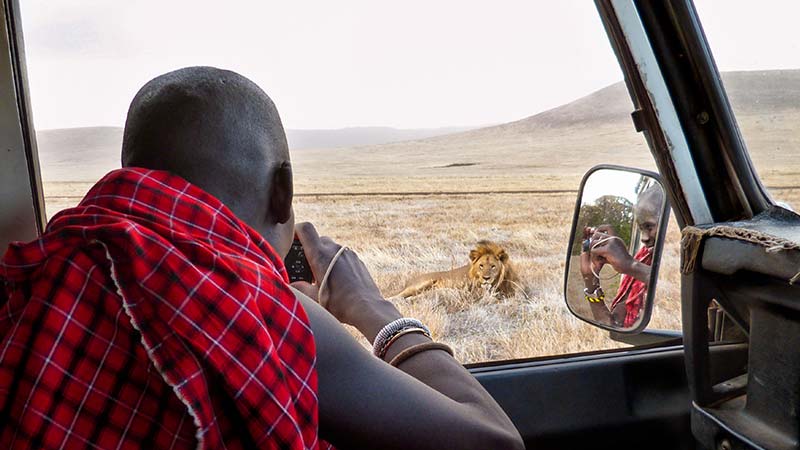Write Us
If you have a question, wish or need information about giving a gift, you can write to us via the form and we will get back to you. Or contact us directly:
Roman Baláž, animal rescuer, photographer and personal guide.
Call +420 734 863 169 or write to e-mail.
Monika Braun: Call +41 79 862 25 78 or +254 740 938 946 or write to e-mail.
Antony Tira: Call +254 712 241 888 or write to e-mail.
Lucy Johnson: Call +44 7584 046627 or write to e-mail.
Dalton Tira: Call +254 799 866 402 or write to e-mail.













